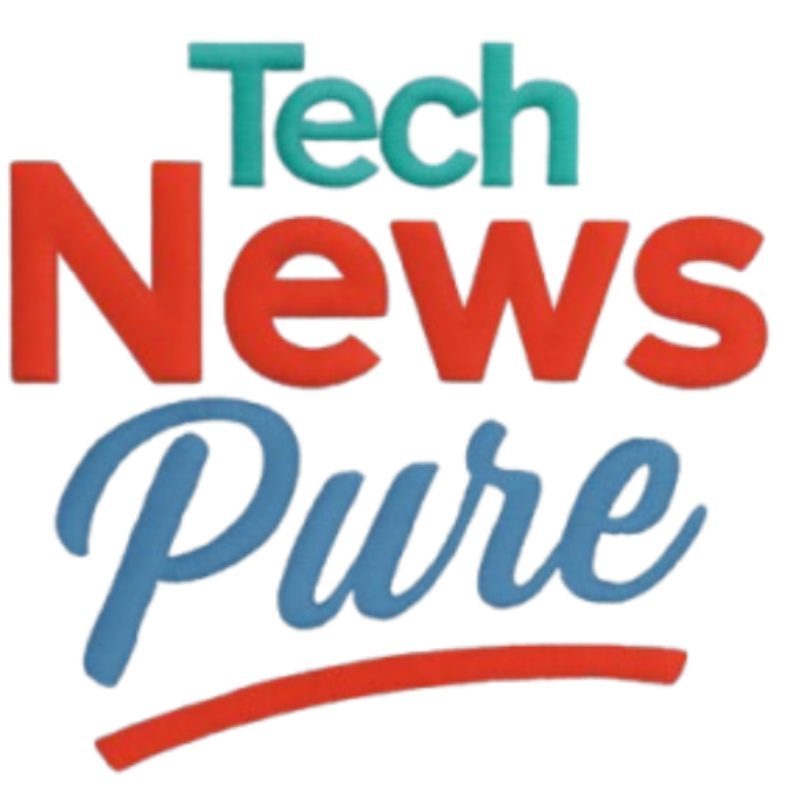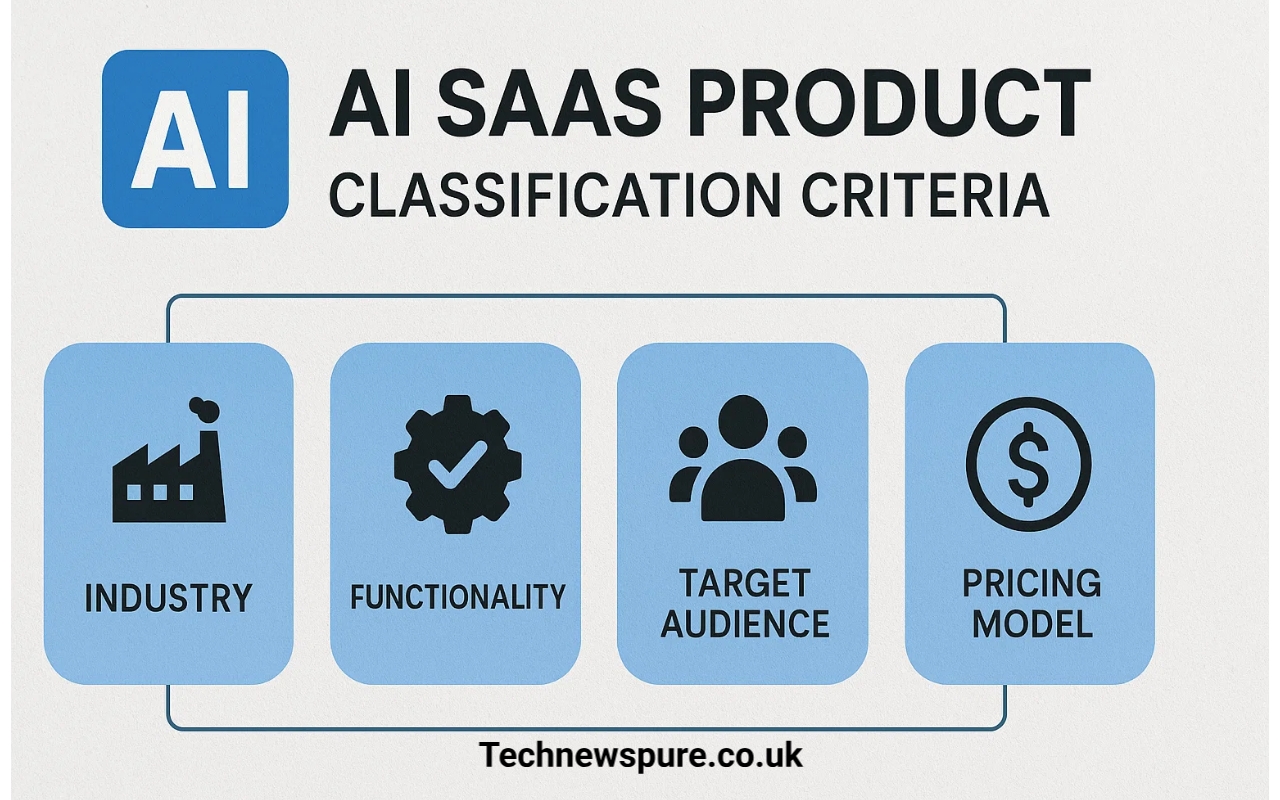Introduction
AI SaaS (Artificial Intelligence Software as a Service) refers to software solutions hosted in the cloud that leverage artificial intelligence technologies to automate tasks, generate insights, or enhance user experiences. These tools have skyrocketed in popularity, revolutionizing industries from e-commerce to healthcare. But with so many options out there, users need a reliable framework to classify and compare them.
Why Classification Criteria Matter
Why should you even care about classifying AI SaaS products? Think about it like trying to buy a car. You wouldn’t just walk into a dealership and pick the first vehicle with four wheels, right? You’d consider categories like fuel efficiency, size, brand, and features. Similarly, when choosing an AI SaaS solution, classification helps streamline decision-making, ensures alignment with business goals, and reduces trial-and-error costs.
Understanding SaaS and AI Integration
SaaS offers the flexibility of cloud-based delivery, eliminating the need for on-premises infrastructure. When AI enters the mix, these solutions become exponentially smarter — automating customer support, predicting user behavior, and generating data-driven recommendations. The synergy of AI and SaaS lies in scalability, personalization, and automation at scale. Understanding this integration is key to creating relevant classification buckets.
Core Classification Categories
Here are four broad lenses through which we can classify AI SaaS products:
1. Functional Area
What business function does the tool support—marketing, HR, finance, etc.?
2. AI Capabilities
What type of AI powers the product—machine learning, NLP, computer vision?
3. Deployment and Integration
Is the software cloud-only, hybrid, or on-prem? Is it API-first or no-code?
4. Pricing and Licensing Models
Is it subscription-based, usage-based, or freemium?
Each criterion provides a unique lens to analyze how an AI SaaS product serves its user base.
Functional Area Classification
AI SaaS tools are often best understood by the departments they serve.
1. CRM and Sales Tools
AI-powered CRMs like Salesforce Einstein help teams manage leads, forecast sales, and automate follow-ups.
2. Marketing Automation
Tools like HubSpot or Marketo use AI for lead scoring, segmentation, and predictive analytics.
3. Finance and Accounting
SaaS platforms like Xero and QuickBooks are integrating AI to automate invoicing, fraud detection, and financial forecasting.
4. HR and Recruitment
AI-based SaaS solutions like Workday and Lever use NLP to parse resumes, match job descriptions, and track applicants.
Classification Based on AI Capabilities
Not all AI is created equal. Let’s break down some major types.
1. Machine Learning-Driven SaaS
These platforms use pattern recognition to improve decision-making over time. Think of recommendation engines in tools like Amazon Web Services or Google Cloud AI.
2. Natural Language Processing (NLP) Tools
NLP allows tools like Grammarly or ChatGPT to understand and generate human language.
3. Computer Vision-Powered SaaS
Used in industries like security and manufacturing, computer vision SaaS like Clarifai or AWS Rekognition interprets images and videos.
4. Predictive Analytics Solutions
Tools like SAS or RapidMiner use historical data to predict future outcomes — sales trends, customer churn, etc.
How the software is deployed also matters.
1. Cloud-Only vs Hybrid Deployment
Cloud-only tools are cheaper and scalable, while hybrid models offer data control for regulated industries.
2. API-First vs Plug-and-Play Models
API-first platforms like Twilio offer deep customization, while plug-and-play models like Zapier require no coding.
Pricing and Licensing Structures
Pricing affects accessibility and long-term ROI.
1. Subscription-Based Pricing
Fixed monthly or annual fees — ideal for predictable budgeting.
2. Usage-Based Pricing
You pay for what you use. Great for startups and seasonal businesses.
3. Freemium Models
Basic services are free, with advanced features unlocked through premium plans — think Notion or Canva.
Real-World Examples of AI SaaS Products
- Grammarly (NLP for writing assistance)
- Zendesk (AI for customer service)
- Salesforce Einstein (AI-enhanced CRM)
- Monday.com (AI-powered project management)
- Tableau (AI-powered data visualization)
These illustrate how AI is no longer a bonus—it’s becoming the standard.
Evaluation Criteria for AI SaaS Tools
1. Scalability
Can the tool handle growing datasets or user bases?
2. Data Security
Is it compliant with GDPR, HIPAA, or SOC2 standards?
3. Customization Options
Does it adapt to your workflows or force you to change them?
Common LSI and Long-Tail Keywords in This Niche
- AI SaaS tools for startups
- Cloud-based AI software
- SaaS with machine learning integration
- How to evaluate AI SaaS platforms
- AI-powered software comparison
Challenges in AI SaaS Classification
Classification is not foolproof. Some tools straddle multiple categories or evolve rapidly with updates. Also, marketing buzzwords can obscure a product’s true capabilities. It’s vital to validate claims with real-world usage.
Future Trends in AI SaaS Segmentation
Expect more vertical-specific solutions, such as AI SaaS for law firms or real estate. AI will also become more explainable, with tools offering transparency in decision-making processes (a growing concern in regulated sectors).
How to Choose the Right AI SaaS Tool
Start with your business goals. Then match features, deployment needs, and pricing models to those goals. Always trial the product before committing.
Read More: Technewspure.co.uk
Conclusion and Key Takeaways
Classifying AI SaaS products is like putting labels on a sprawling digital library. Without a framework, you’ll be lost in the stacks. Use the criteria discussed—functionality, AI capabilities, deployment, and pricing—to streamline your decision-making and ensure the right fit.
Your next move?
Audit your current stack. See where AI SaaS can bring improvements. And don’t forget to bookmark this guide for your next product evaluation.

